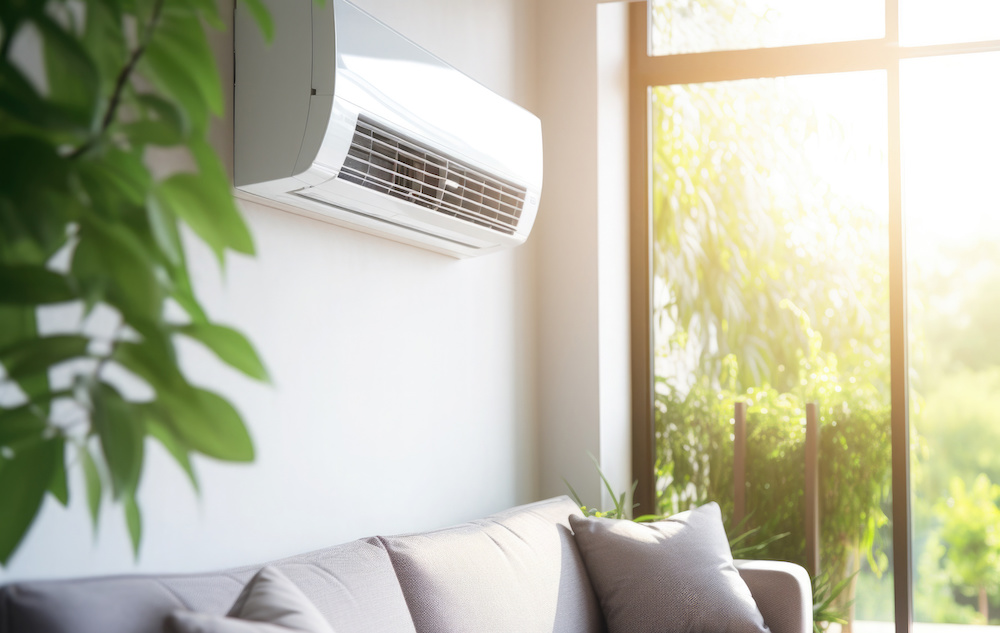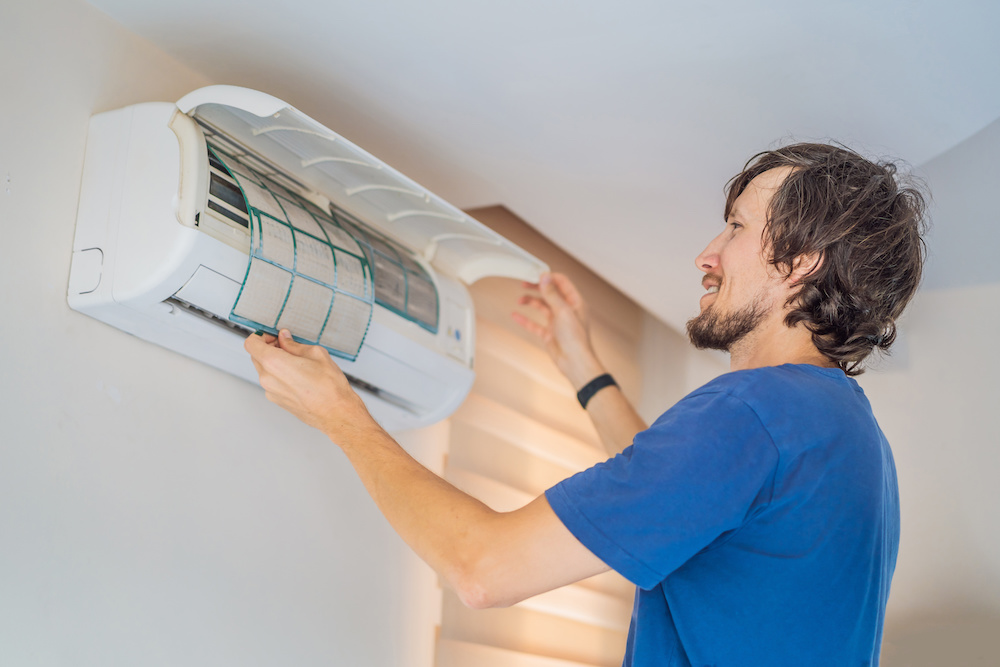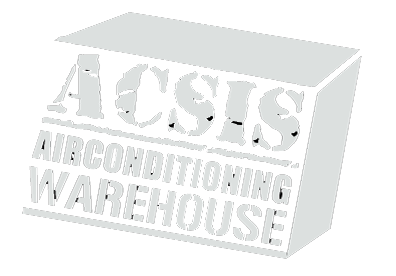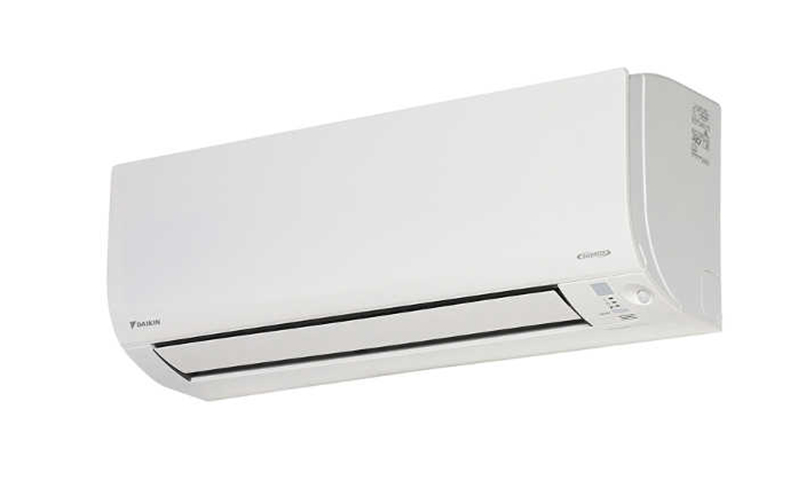While we might love the comfort our air conditioner and heating system brings when the weather outside becomes too much to handle indoors, there’s one thing no homeowner enjoys: hefty electricity bills due to the cost of running a split system.
Heating and cooling make up for the most energy for the average Australian home, with about 40% of your household energy usage resulting from your split system.
Knowing how much it costs to run a split system is crucial to plan your energy bill effectively. This article will help you start by breaking down the running costs for a split system in Australia and providing additional options to help you navigate and prepare for your power bill. Let’s dive in!
How Much Does a Split System Cost to Run?
Split systems can range from relatively inexpensive costs when they aren’t used frequently to hefty costs when you run your system more often. The total cost of running a split system ranges from $41 to $991 per year, leaving many Australian homeowners concerned about where their split system costs will fall come bill time.
How Much Does it Cost to Run My Air Conditioner for Cooling?
So, how much does it cost to run a split system for cooling? On average, a reverse cycle air conditioner will cost between $23 to $278 per year. The total amount you pay typically depends on the size of your room, how much power it takes to cool your home, and where you’re located.
For instance, medium-sized rooms between 20-40 M² range in price between $46 and $270 annually. Larger rooms ranging from 40-60 M² range from $64 to $378 annually for a reverse cycle, split system air conditioner.
Regarding the split system vs. ducted running cost, a ducted whole-house reverse cycle system costs far more, ranging from $326 to $1,803 annually. Again, these costs depend on various factors, like your climate zone, the capacity of your air conditioning unit, the size of the room being cooled, and the electricity usage rate your company charges.
Cooling Costs for a Reverse Cycle, Split-System Air Conditioning Unit
Knowing how much you’ll pay for cold air from your air conditioning unit is crucial to planning and budgeting appropriately. Below is a table showing the cost of air conditioning cooling based on different usage assumptions, including the energy efficiency of your device, depending on your climate zone. Whether you live in a hot, average, or cold climate contributes significantly to your total air conditioning costs.
| Room Size & A/C Capacity | Perth (Average^) |
|---|---|
| Small (up to 20m2) 2-3kW system | $51.10 (170kWh) |
| Medium (20-40m2) 3-5kW system | $101.91 (339kWh) |
| Large (40-60 m2) 5-7kW system | $142.19 (473kWh) |
Source: www.canstar.com.au
How Much Does it Cost to Run My Air Conditioner for Heating?
For heating, most Australian households will pay between $18 to $613 annually for a reverse-cycle air conditioner. Like cooling costs, the amount you pay to heat your home depends on factors like your climate, location, room size, and unit size.
The most expensive heating option is found in ducted whole-house reverse cycle air conditioning and heating systems. These units cost anywhere from $83 to $1,620 annually, and costs add up fast–so make sure you’re cautious when using your heating during cold months.
Heating Costs for a Reverse Cycle, Split-System Air Conditioning Unit
While both cooling and heating systems can incur hefty costs, they don’t necessarily cost the same annually. Below is a table showing the cost of using your air conditioning unit for heating in Australia depending on your state, climate zone, and how energy efficient your air conditioning unit is.
| Room Size & A/C Capacity | Perth (Average^) |
|---|---|
| Small (up to 20m2) 2-3kW system | $120.54 (401kWh) |
| Medium (20-40m2) 3-5kW system | $137.08 (456kWh) |
| Large (40-60 m2) 5-7kW system | $229.06 (762kWh) |
Source: www.canstar.com.au
How Much Does it Cost to Run My Ducted Air Conditioner?
Ducted air conditioning is another popular option for homes without split systems, but the split system vs. ducted running cost can vary drastically. Ducted air conditioners are usually more expensive overall than split systems but can provide an unmatched level of cooling power. The installation cost for ducted systems is higher than for split systems.
If your home has a ducted system and you’re wondering how much it’ll cost annually, consider the table below to understand the yearly costs of running a ducted air conditioner.
| Climate Zone | City | Average Usage Rate | Yearly Cooling Costs | Yearly Heating Costs |
|---|---|---|---|---|
| Average | Perth | 30.01 c/kWh | $696 | $616 |
Source: www.canstar.com.au
How to Reduce the Cost of Using Your Air Conditioning Unit
If you run your air conditioning unit frequently, your costs will undeniably increase. However, some options exist to reduce the cost of your air conditioning unit and save money, even in the sweltering heat or bitter cold. Here are a few ways you can lower your costs:
Choose Energy-Efficient Air Conditioning Units
An energy-efficient unit will cost less and save you a lot of money long-term. Look for air conditioning units with a high energy star rating–the more stars the unit has, the more energy-efficient it will be. If your unit has an energy-saving or economy mode, you can put it on these settings to save even more in the long run.
Know When to Buy Your Unit
Air conditioning units and installation costs will vary depending on the season and demand. How much your unit costs is seasonal, so if you can purchase during an off-season, take advantage of it.
Don’t Neglect Shades and Curtains
There are a few simpler ways to reduce energy costs, and keeping your shades and curtains shut during the hottest parts of the day is one of them. Doing this will block direct sunlight, lowering heat gain in your home–which means you won’t need as much cooling power from your unit.
Clean Your Air Conditioning Unit
Keeping your air conditioner well-maintained is one of the wisest ways to decrease energy costs. Clean, maintained systems run more efficiently than dirty, poorly-maintained units, as cleaning your system means it won’t have to work as hard to hit your desired temperature and, therefore, won’t consume as much energy.
Consider Zone Cooling
Zone cooling can significantly reduce energy costs for split systems with multiple indoor units. These systems allow you to control temperatures in different areas of the house, so if you only need specific rooms cooled and not your entire home, zone cooling can lower your energy costs.
Keep Your Air Conditioner at Optimal Temperature
Know the right temperature for your unit and keep it steady. Small changes to your temperature setting can add up over time and cause sharp increases in your energy bill.
Limit Heat Sources in Your Home
There are plenty of appliances in your home that contribute to high temperatures. Heat-producing appliances like stoves and ovens should be used during cooler times to avoid overheating your home, while turning off heat-generating electronic devices can also contribute to lowering heat.
Compare Your Electricity Plan
High electricity costs often boil down to your electricity plan. Compare your plan with other options to ensure you get the best deal for your air conditioning unit.
Be Strategic With Your Cooling
Time your cooling needs to align with off-peak electricity hours whenever possible.
FAQs
What is a Split System?
A split air conditioning system is a system that has a piece of equipment indoors and another outdoors, known as the evaporator and condenser, respectively. Split systems are a type of central air conditioning and the most common way of cooling your home.
The indoor unit is wall-mounted, while the outdoor unit for split systems is a standalone compressor. During summer, the indoor unit absorbs heat, while during winter, the condenser motor helps warm your home.
Are Split Systems Expensive to Run?
Compared to ducted units, split systems are much more affordable and will save you money in the long run. While these systems are generally more energy-efficient and cost-effective than other options, it depends on your usage, climate, location, and size of the rooms you’re cooling or heating. So, while these units might be less expensive than other options, they aren’t always cheap, especially if you aren’t sure how to run them to optimise costs.
How Much Does it Cost to Run a Split System for 24 Hours?
Again, this depends on several factors, like the size of your unit, the size of the room or rooms being cooled or heated, where you live, and the energy efficiency of your air conditioning unit. On average, running your air conditioner for 24 hours a day over a one-month period in Australia will cost $7 per day, or $204.62 monthly.
Organise Your Split System Air Conditioner Installation
Finding the right split system is a massive contributor to the total costs you’ll pay on your electricity bill.
We provide energy-efficient split system units for your home’s best heating and cooling solution. Our split system installations are perfect for keeping your home at an optimal temperature without exceeding your monthly budget for air conditioning, cooling, and heating costs.
Don’t wait to start feeling comfortable in your home. Contact ACSIS Airconditioning Warehouse to plan your split system installation and start cooling your home today.





